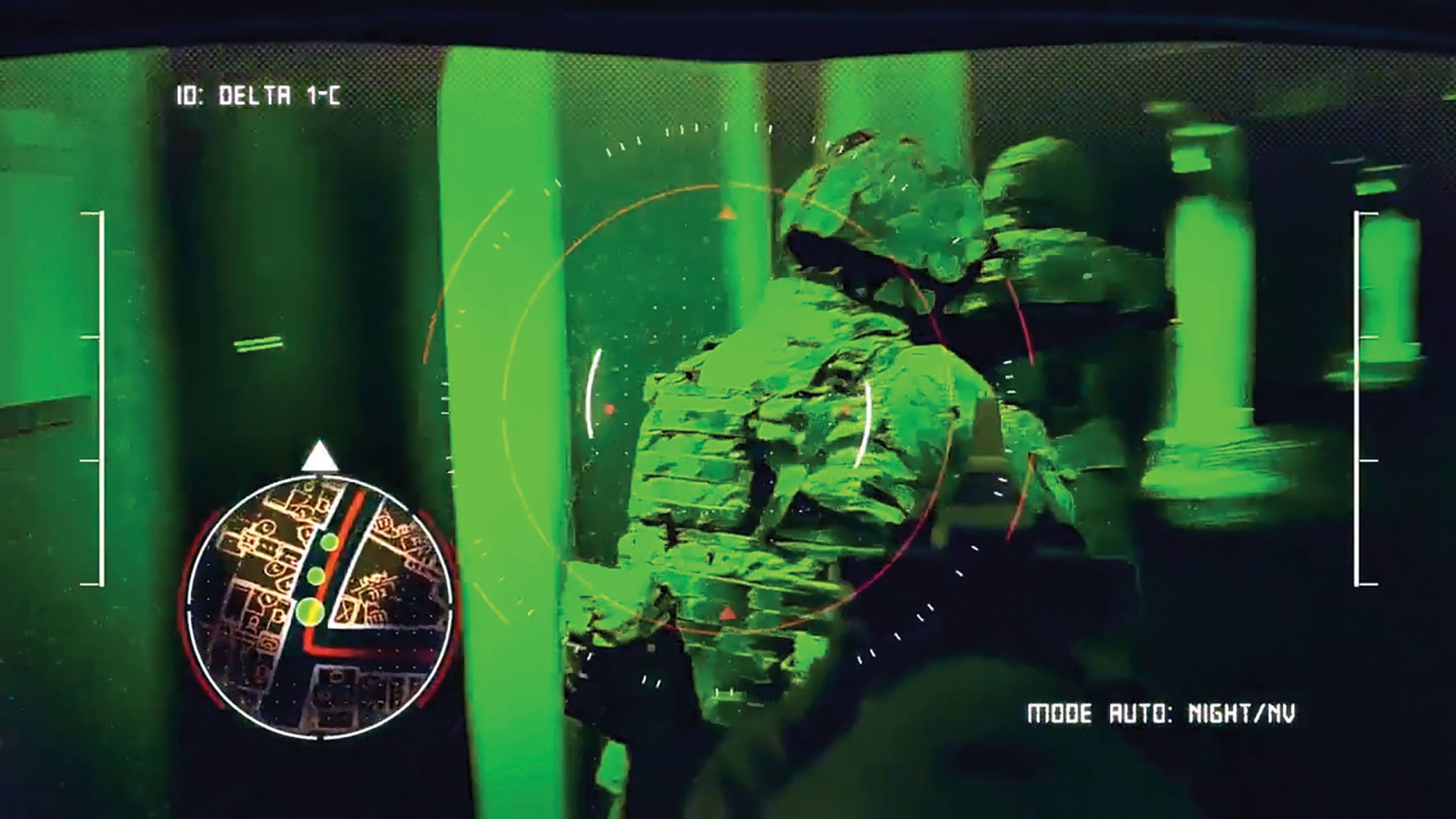An armored brigade combat team headed to South Korea later this year will take with them the Army’s most advanced night vision optic, a binocular device that includes thermal imaging and connects to the soldier’s weapon with a camera and sight picture that feeds into the goggle display.
The Enhanced Night Vision Goggle-Binocular has been touted by commanders including Army Chief of Staff Gen. Mark Milley over the past year as a leap-ahead technology in night vision.
Army infantry, Rangers and Marines have tested the device, which is expected to be with the unidentified ABCT by October.
“I have used the goggle. I have shot [with] the goggle. It is better than anything I’ve experienced in my Army career,” Lt. Gen. James Richardson, deputy commander of Army Futures Command, said in recent congressional testimony.
RELATED

A big change for soldiers familiar with the current and older versions of night vision is the color they’ll see when looking through the tube.
No more green glow. The ENVG-B uses white phosphorous tubes.
“It’s been so successful with our Rangers and our infantry, that they've been using this night vision goggle in the daytime on the ranges,” Richardson said. “And they've gone from marksman to expert. It was more than we thought it was going to be from a night perspective.”
The armored brigade soldiers will be among the first of 10,000 close combat soldiers to receive the new goggles over the next two years. Marines will field 3,100 systems over that same period.
The key marksmanship feature is the addition of the Family of Weapons Sights-Individual and Rapid Targeting Acquisition. Demonstrated to Military Times in early 2017, the system uses a wireless connection between a rifle-mounted camera and the goggle to give the shooter a clear, focused, video-fed sight picture.
Shooters can choose between full goggle view, full weapons sights view or a picture-in-picture mode that allows them to see both views at once.
That means a soldier or Marine can fire from the hip about as accurately as from the shouldered position at close ranges. They can also fire around corners or other obstacles without exposing themselves.
The thermal capabilities of the ENVG-B let troops see through dust, fog, smoke and other obscurants and select from black, white-hot or white-outlined features for thermal vision.
This capability going to armored brigade soldiers later this year, and Marines soon to follow, is one iteration of a larger project still under development that would add even more features in the coming years.
The Integrated Visual Augmentation System, recently demonstrated for select media at Fort Pickett, Virginia, uses the Microsoft HoloLens as a platform to feed in all of the ENVG-B features mentioned here.
It also includes navigation aids, maps, chat communications over either dedicated wireless internet for training or radio frequency for real-world operations.
The IVAS, expected to be through initial testing phases in the next 18- to 24-months, will also allow for video recording, eye tracking and muzzle placement so that commanders and trainers can conduct detailed after-action reviews of small unit tactics.
Todd South has written about crime, courts, government and the military for multiple publications since 2004 and was named a 2014 Pulitzer finalist for a co-written project on witness intimidation. Todd is a Marine veteran of the Iraq War.



